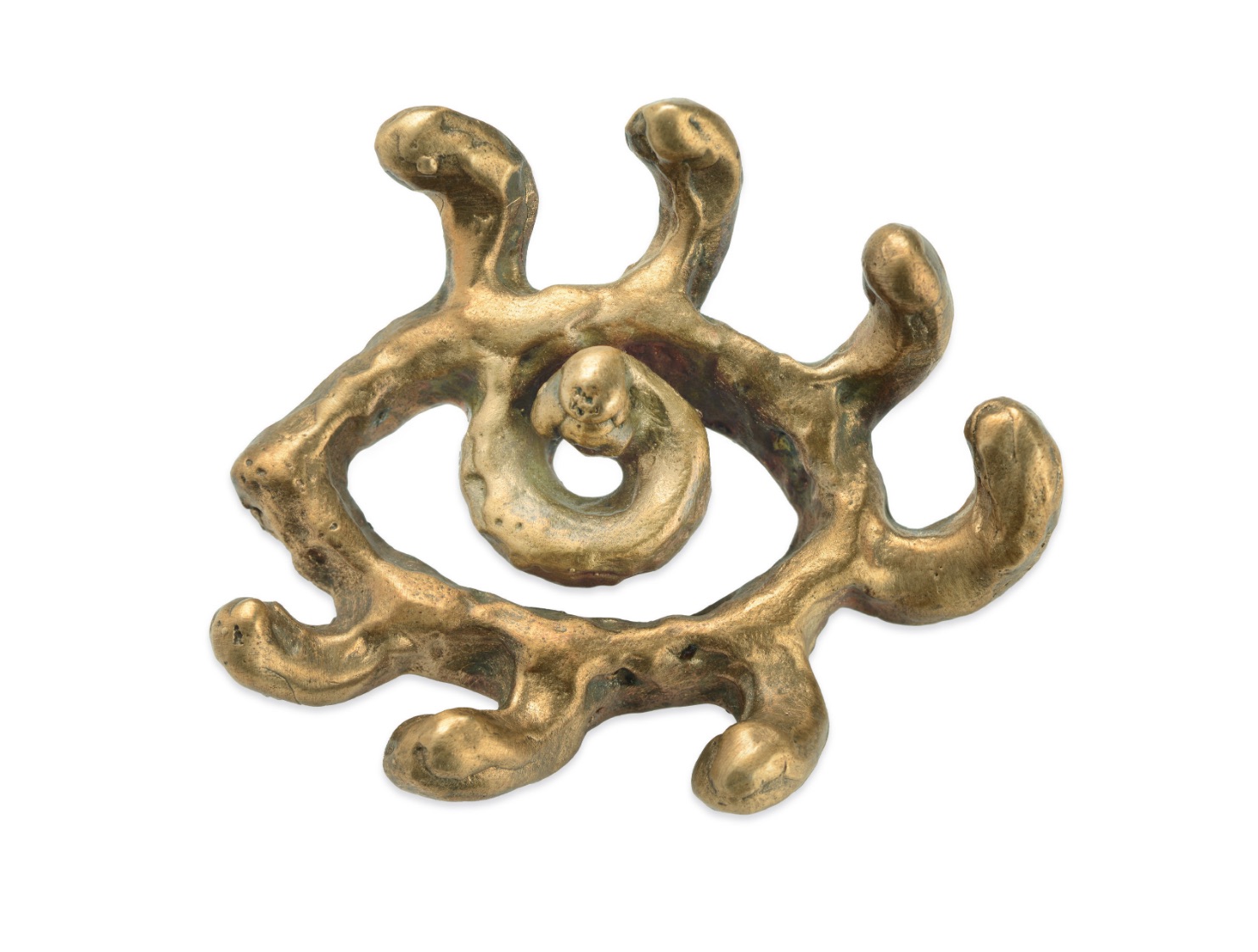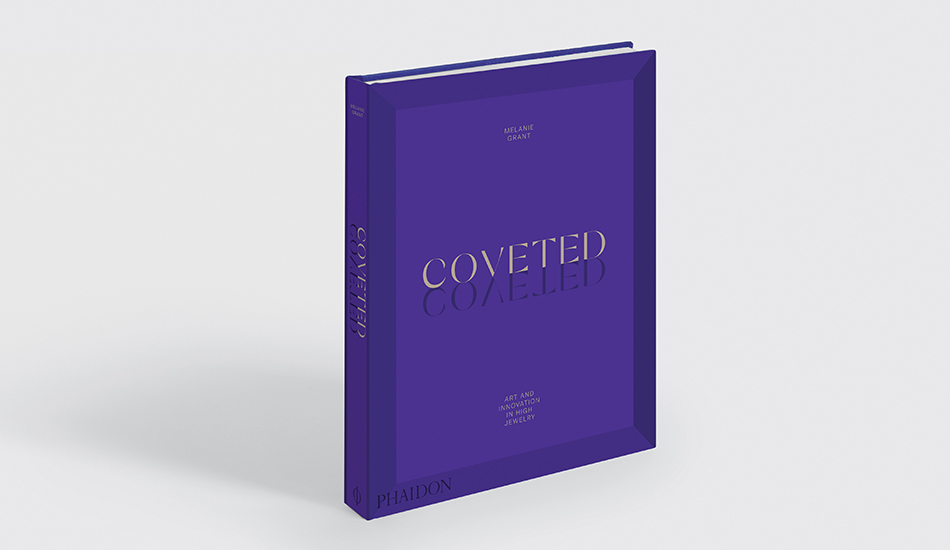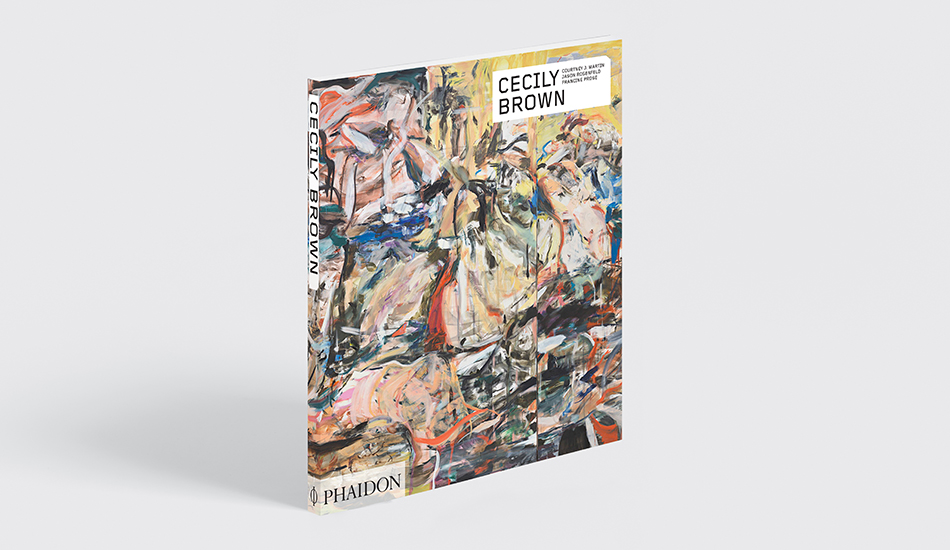
you know about the British artist who also makes fine-art jewelry?
The long-standing tradition of fine artists making fine jewelry is explored in our new book, Coveted
Coveted isn’t filled with the kind of stuff you’d find in your grandma’s jewelry box. Subtitled: Art and Innovation in High Jewelry, this new book is the first comprehensive title to cover jewelry as an art form, and showcases a collection of today's most exclusive jewelers.
However, despite this being a book about jewelry making today, the author Melanie Grant does acknowledge earlier fin-art pioneers who dabbled in bijouterie.
“From the 1920s to the 1940s artists such as Salvador Dalí, Man Ray, and Pablo Picasso crossed over to jewelry design, using gold and precious stones as a fresh medium for their artistic vision,” writes Grant, who is also the Luxury editor of the Economist's publication 1843. “A new fluidity between art forms was discovered, and the labels ‘fine or ‘decorative’ were rejected in favor of simpler considerations of whether to stand, hang, or wear the creation in question.
Worldwide aesthetic trends also left their mark on the jeweler's bench. Jewelry designers were greatly influenced by art movements, with Cartier and Van Cleef & Arpels enthusiastically embracing Art Deco Grant explains. “Artists of all kinds collaborated. In 1941 jewelry designer Verdura worked with Dalí to create five jewels dedicated to the ideas of love, loss, and faith, each one carrying a miniature painting by the artist. They were erotic, perverse, and intensely colorful, as if from a dream.”
Does the dream live on? Well, among some artists, as Grant notes. “In modern times that legacy is continued by British painter and sculptor Maggi Hambling, who similarly sees no separation between art and jewelry as she moves effortlessly between art forms. In 1997 she was commissioned by the Tate art gallery to make a bronze brooch of her own eye that is startling in its sparseness. It maintains the tradition of Surrealist jewelry to reference a dismembered body part, usually an eye in homage to René Magritte or a pair of lips to Man Ray. The eyelashes curl seductively, the eyeball peers out delicately, inquisitively; and to create them she used the same lost-wax casting method she employs for her large-scale bronze sculptures.”
To better understand how Hambling’s work fits in today’s high-end jewelry, order a copy of Coveted here. To see more of Hambling’s influence on the art world, order a copy of our Cecily Brown monograph; Brown studied under Hambling, and acknowledges a significant and sincere debt of influence.

